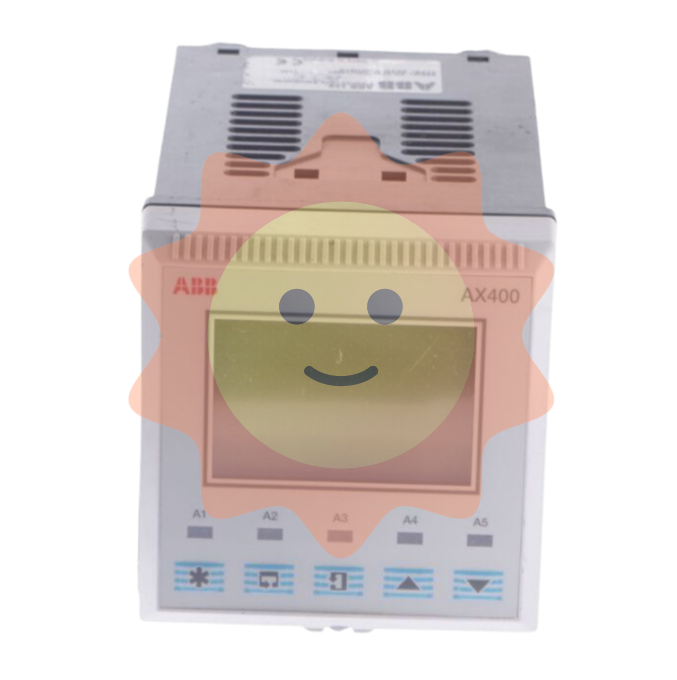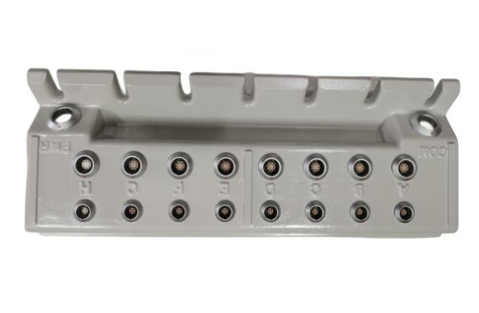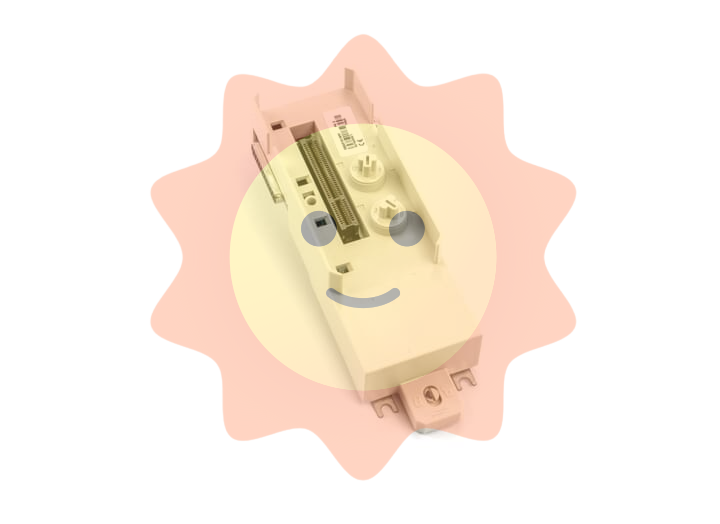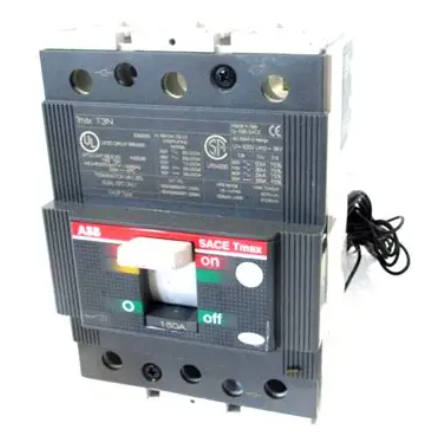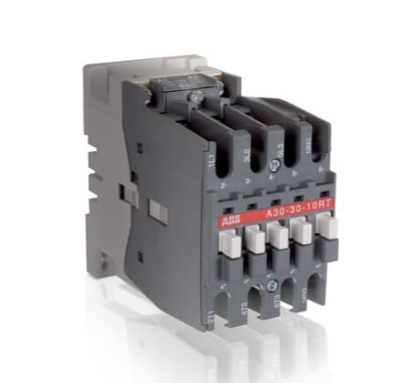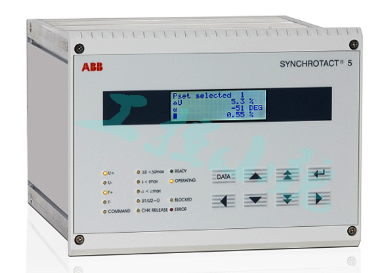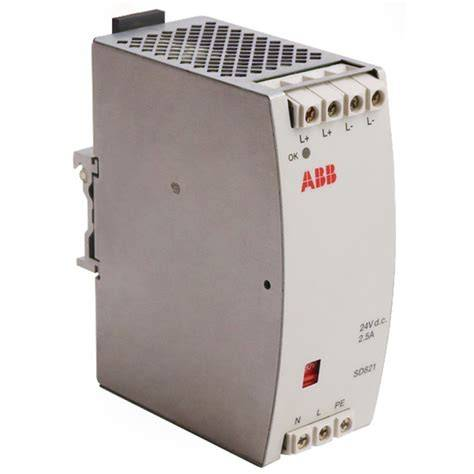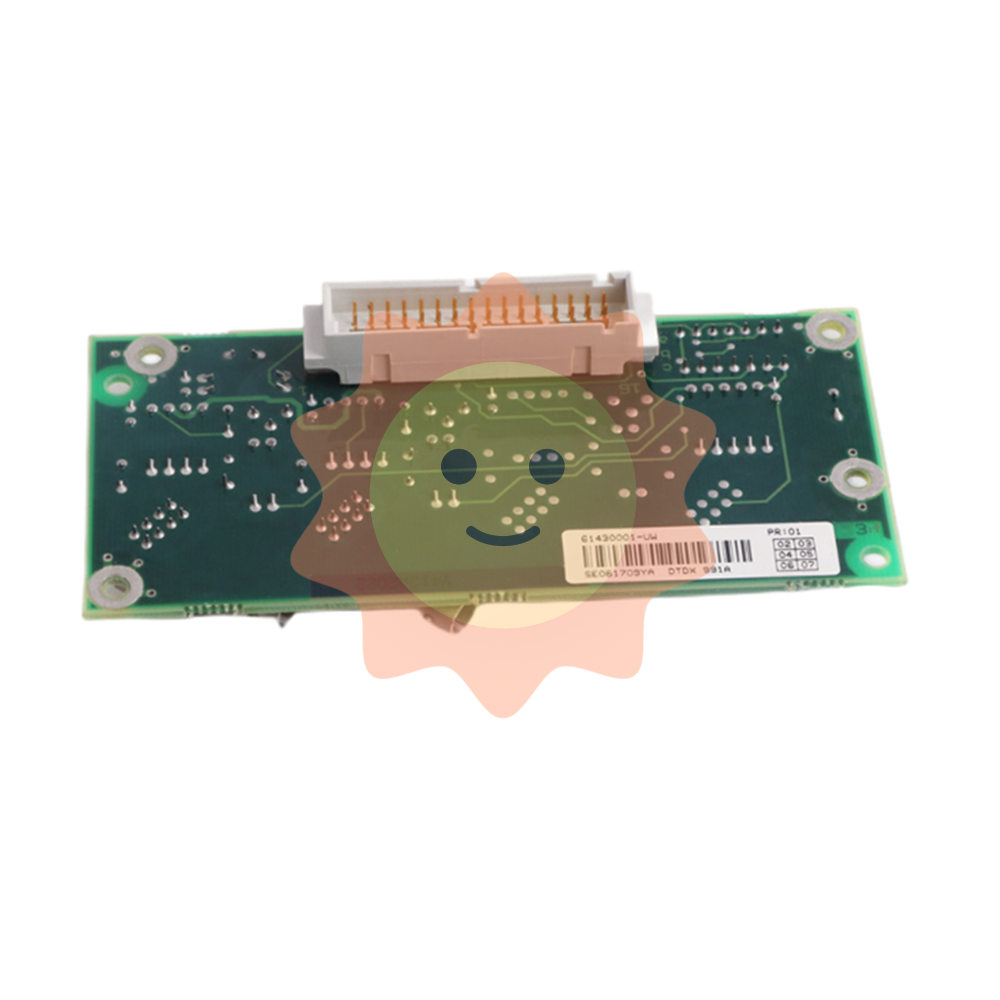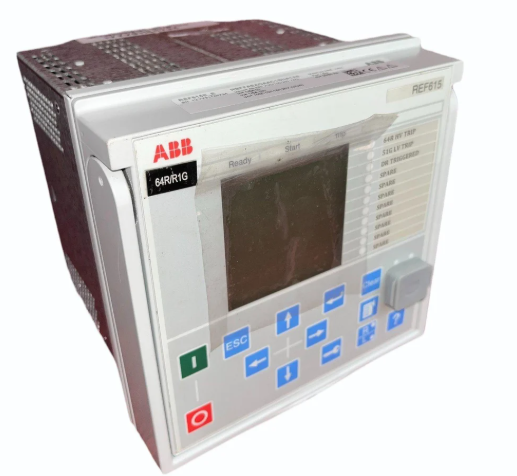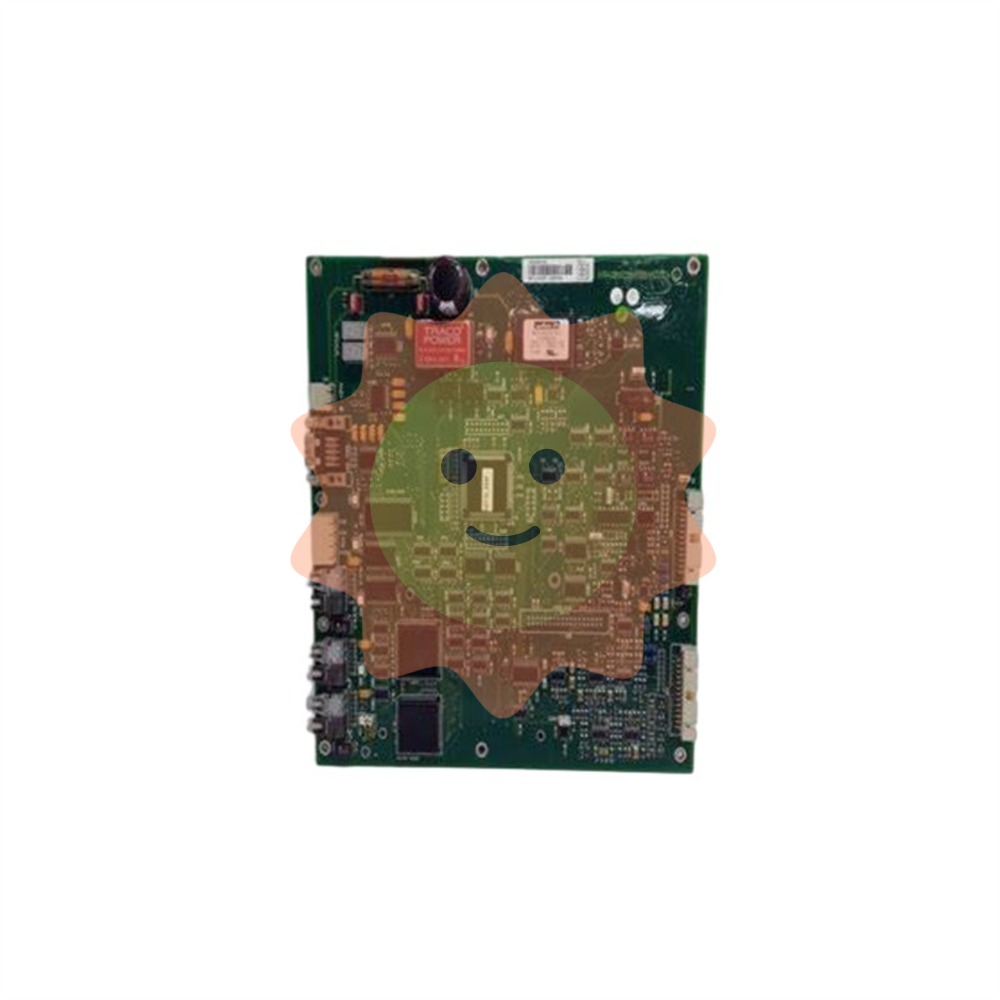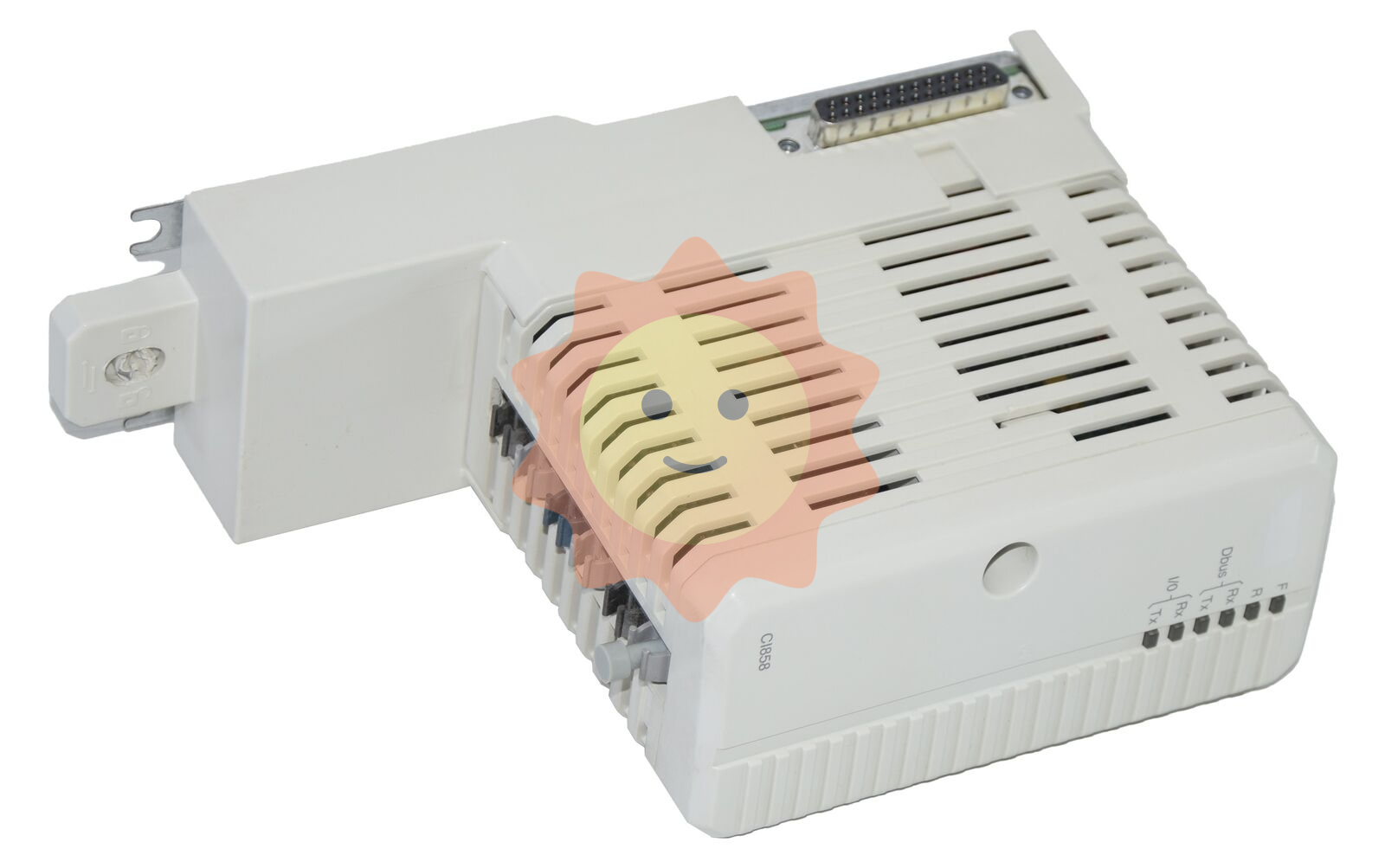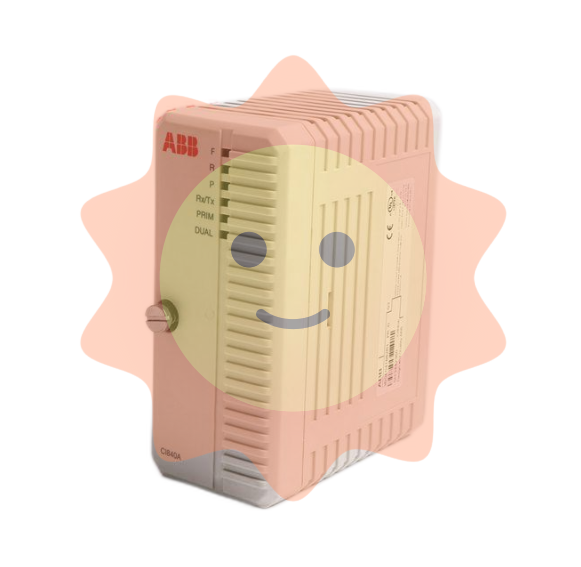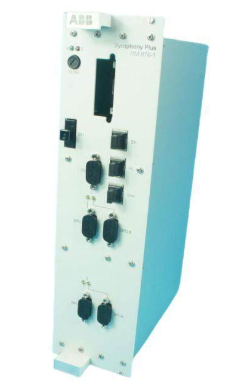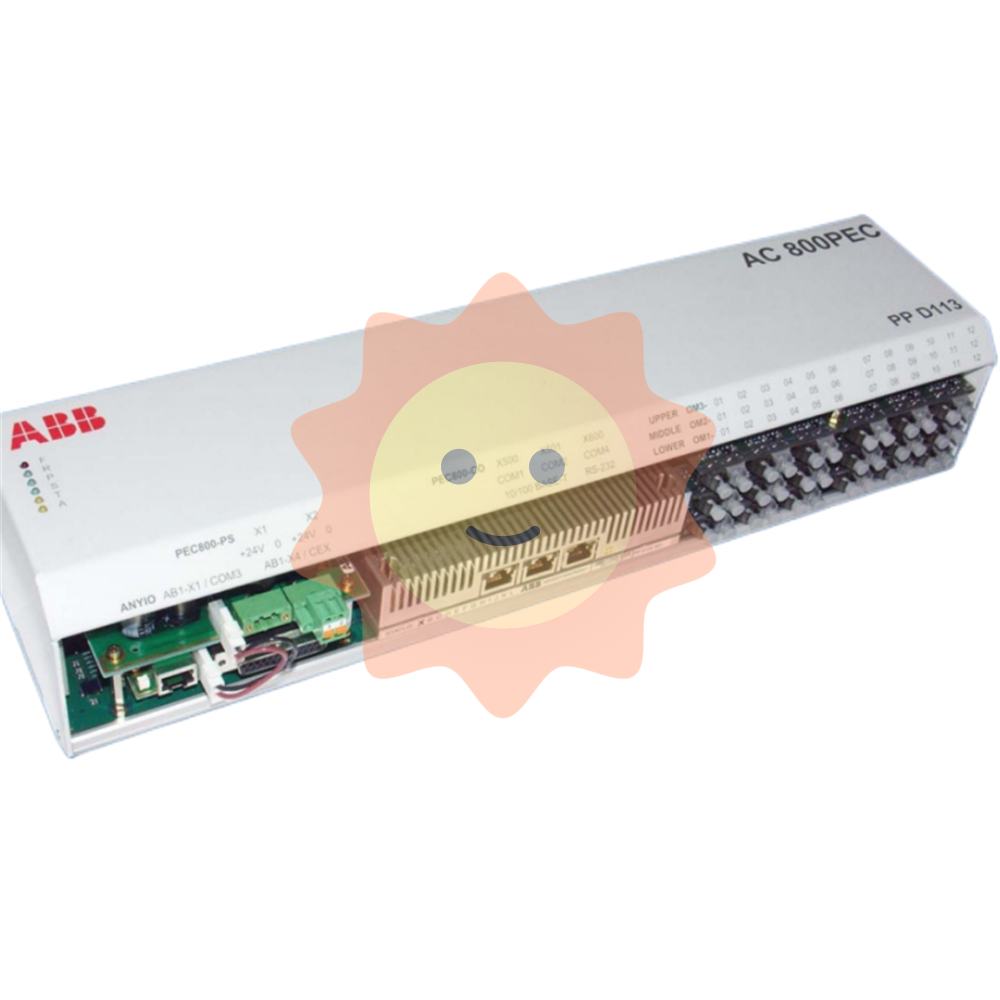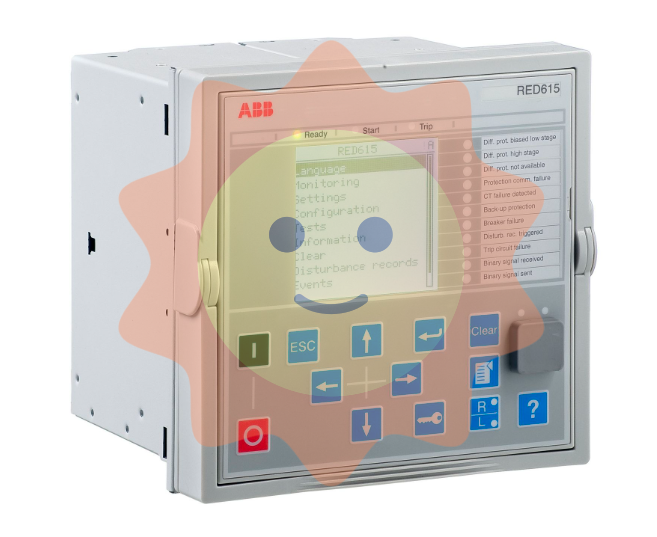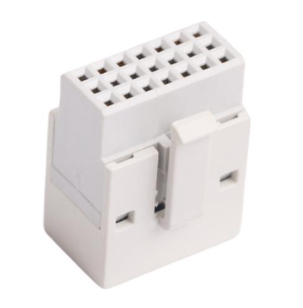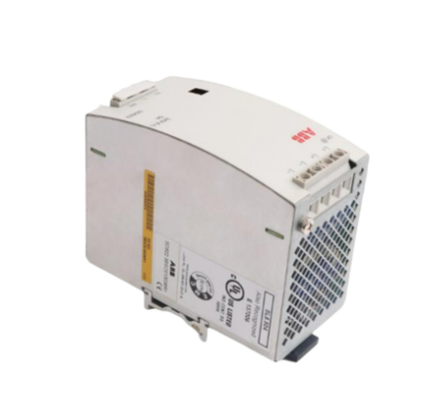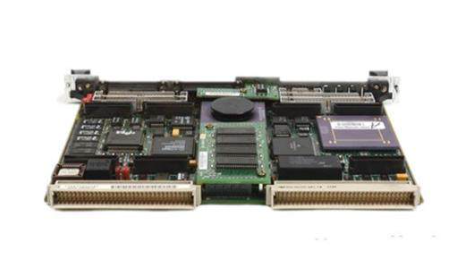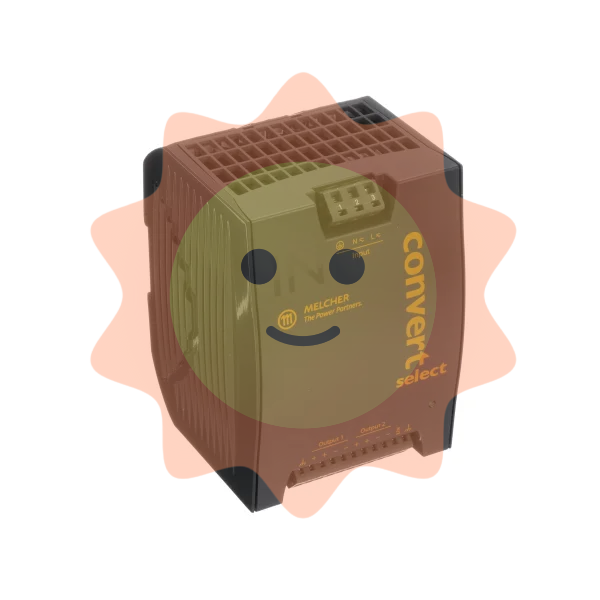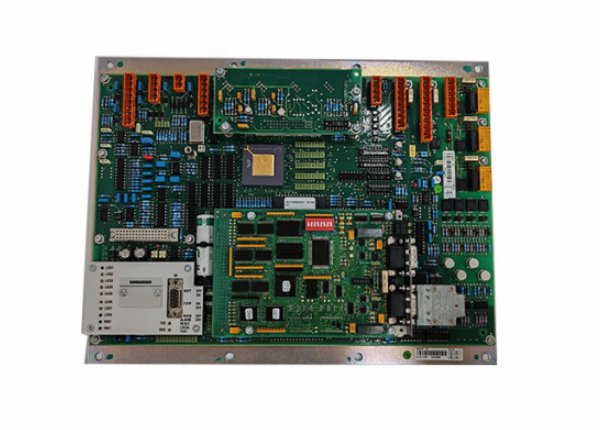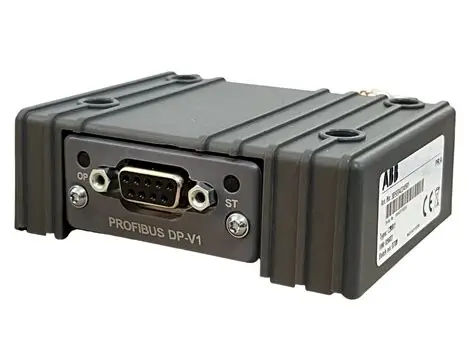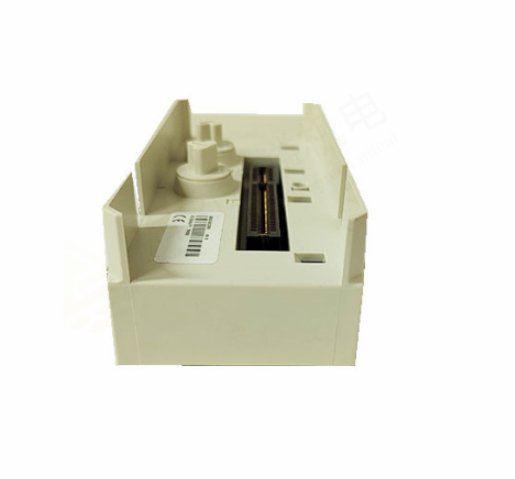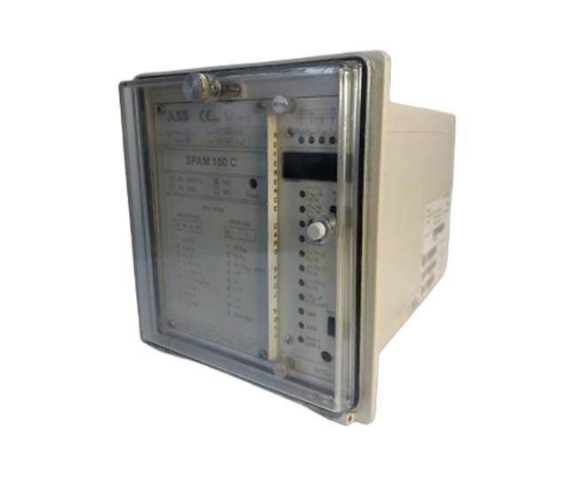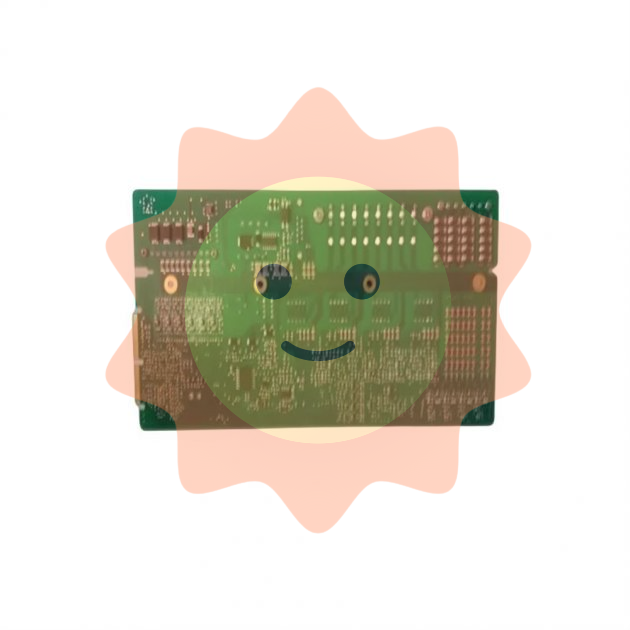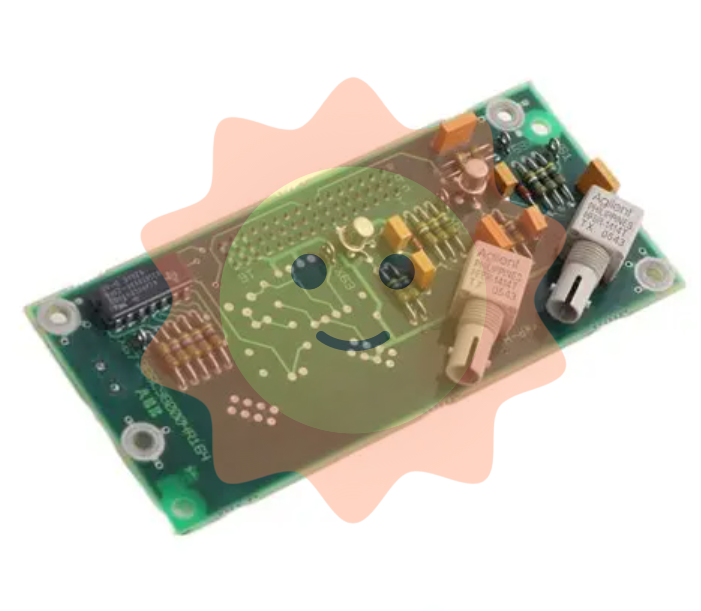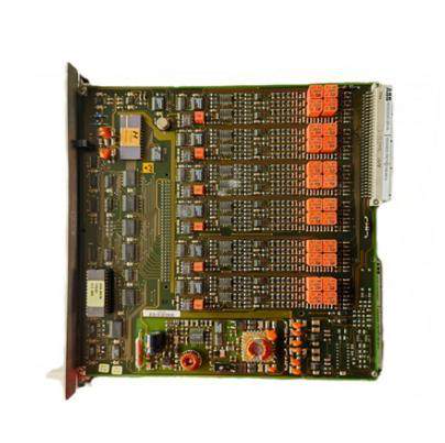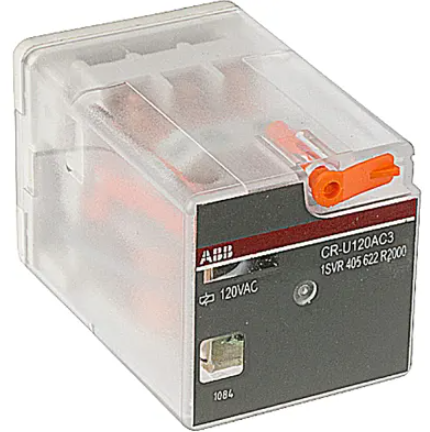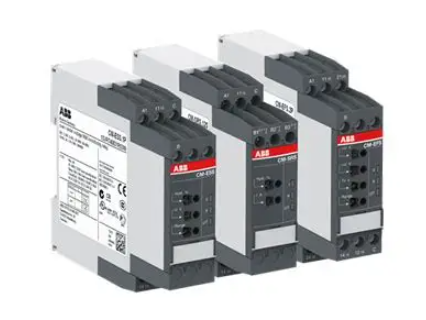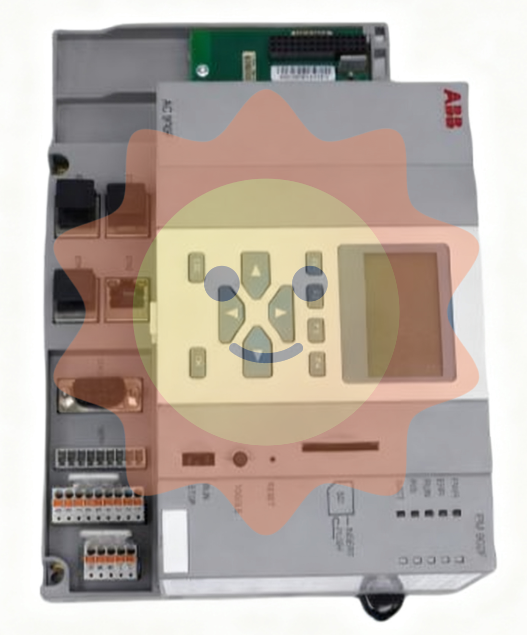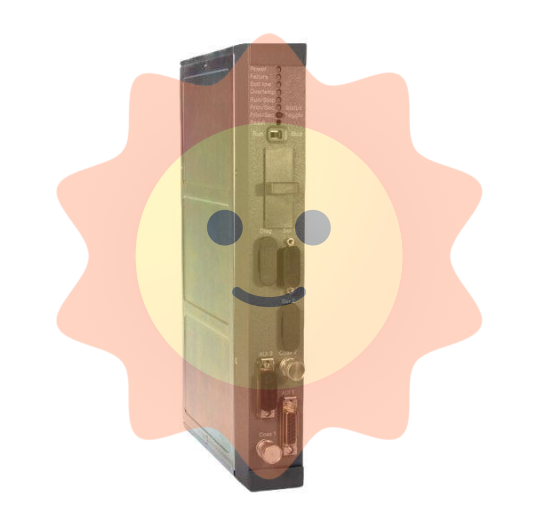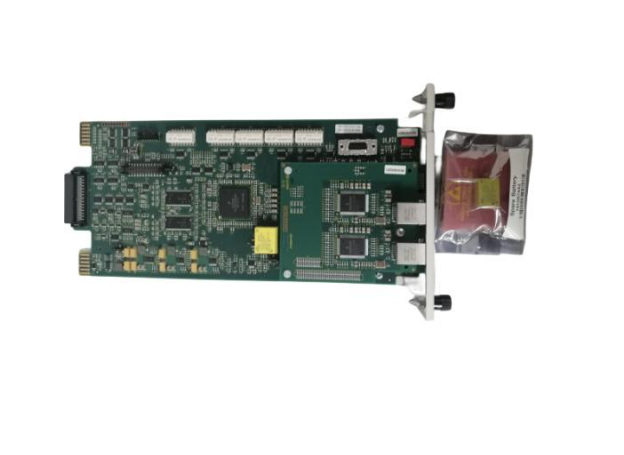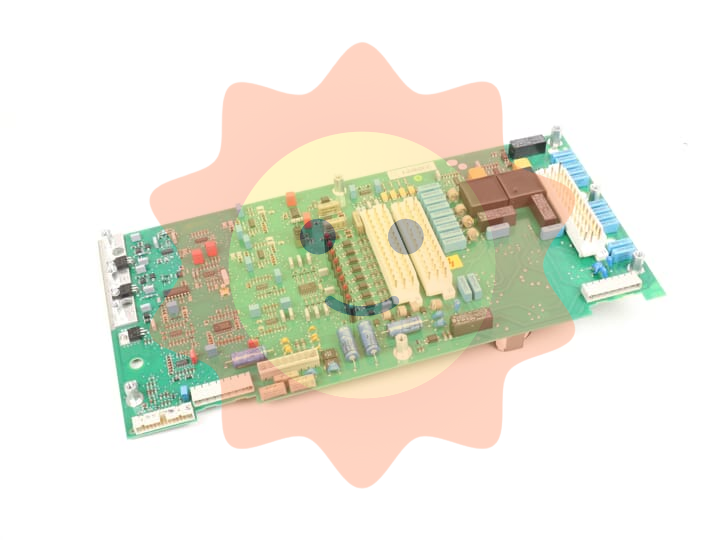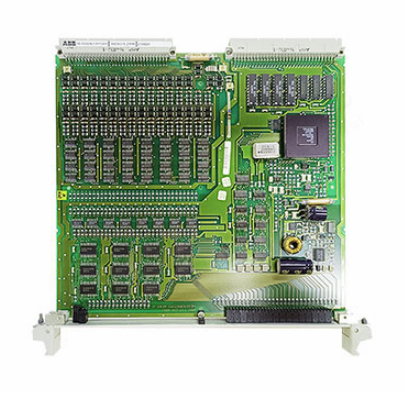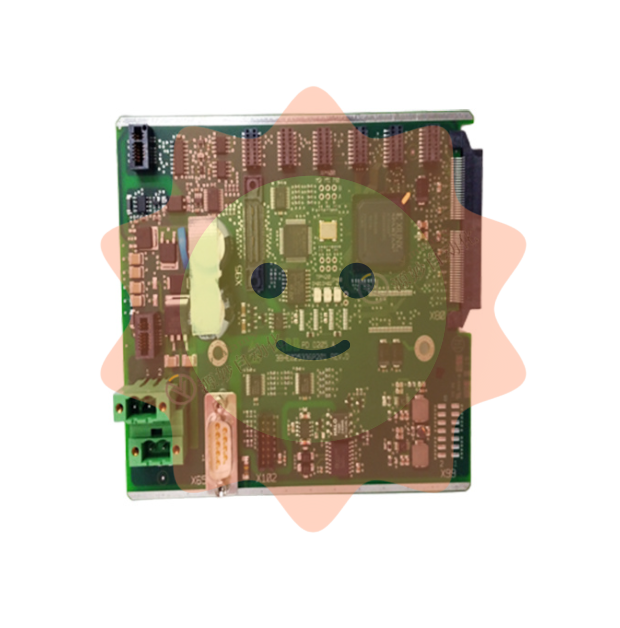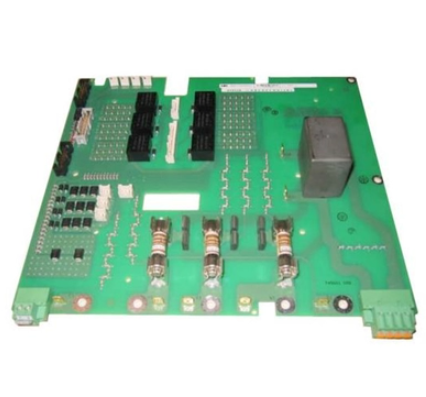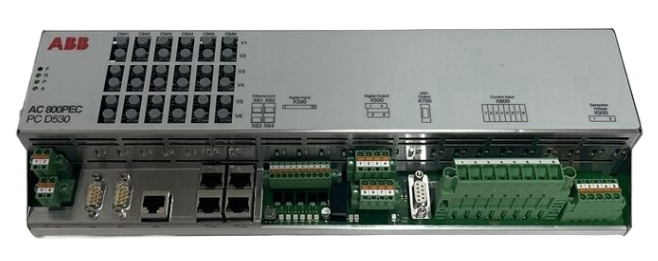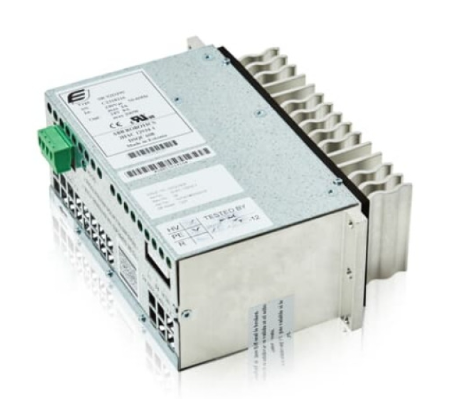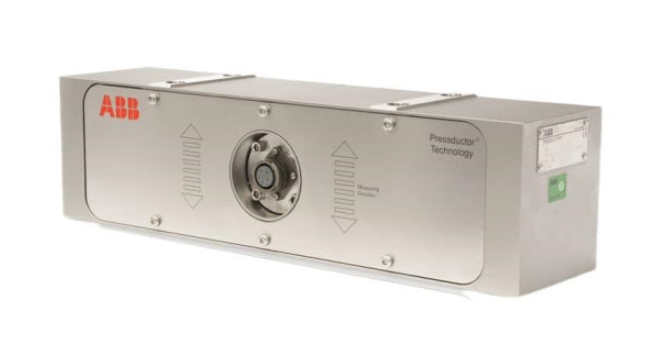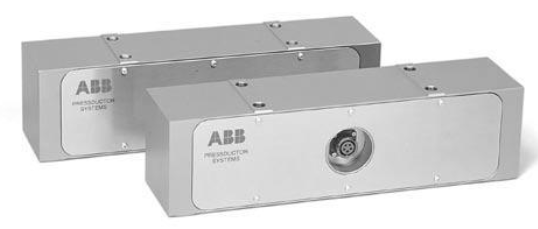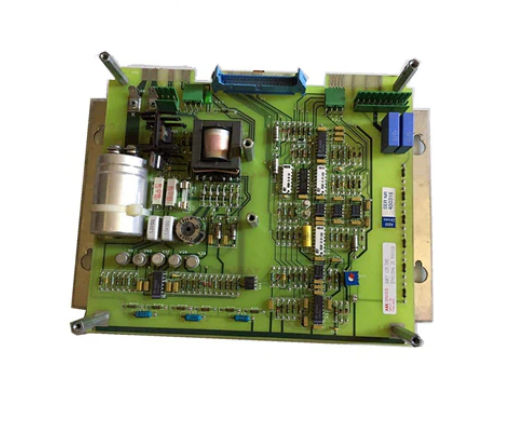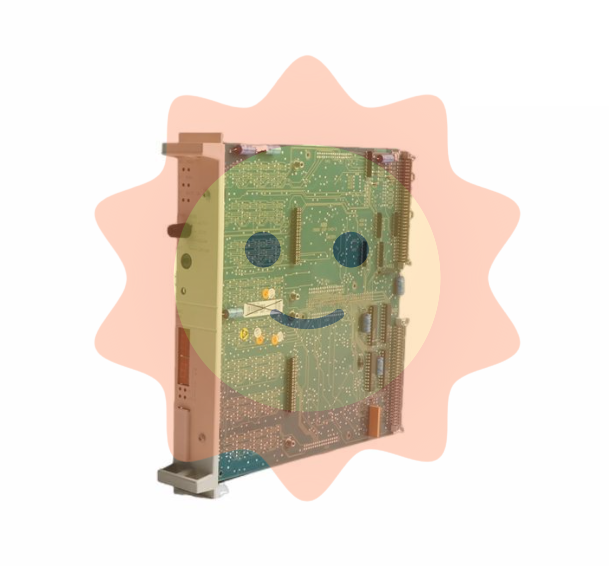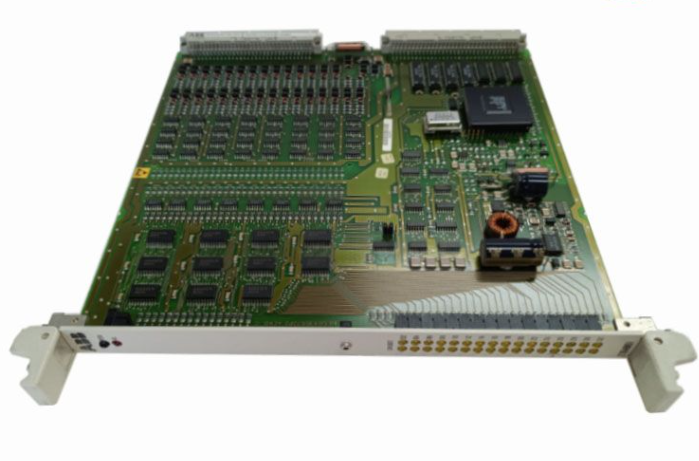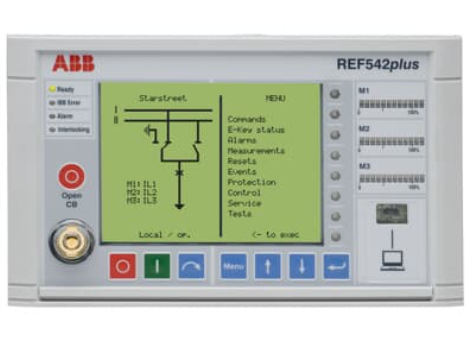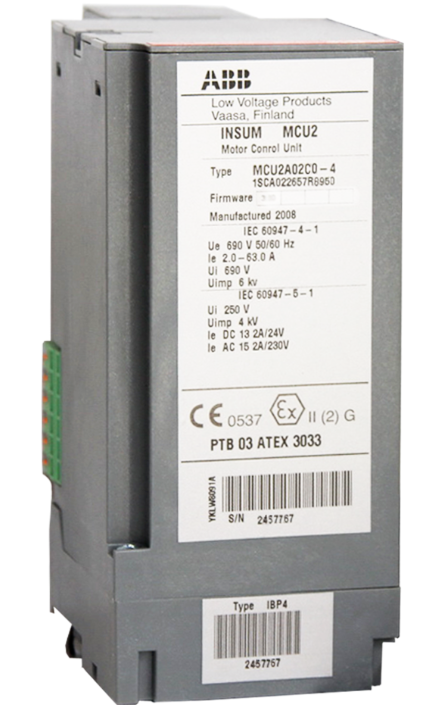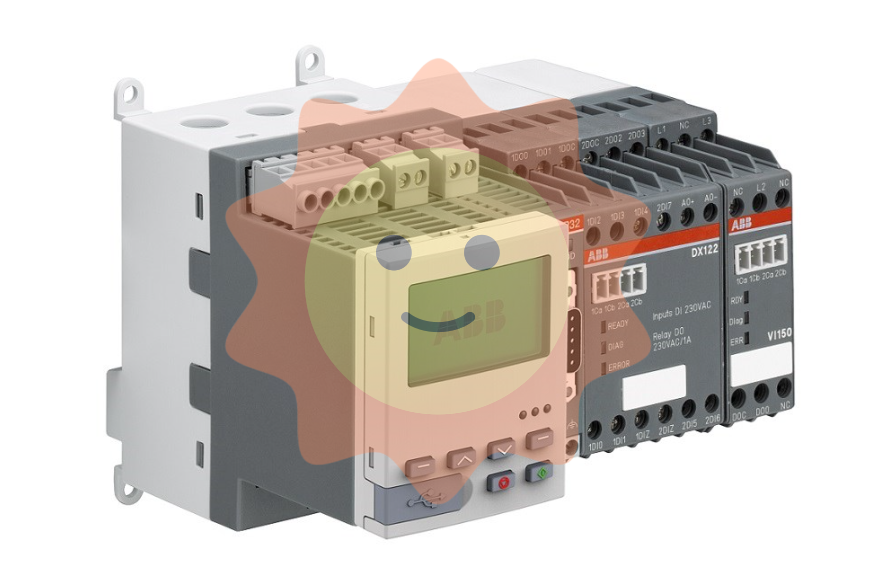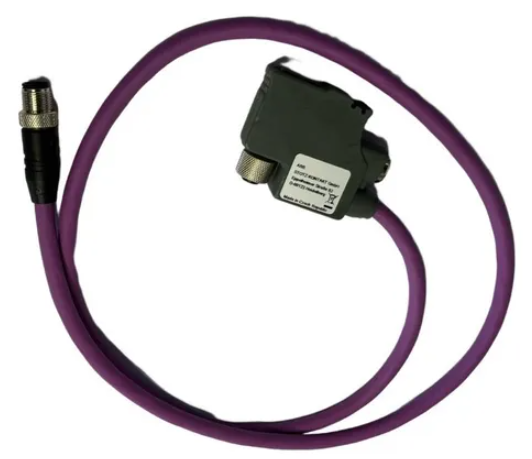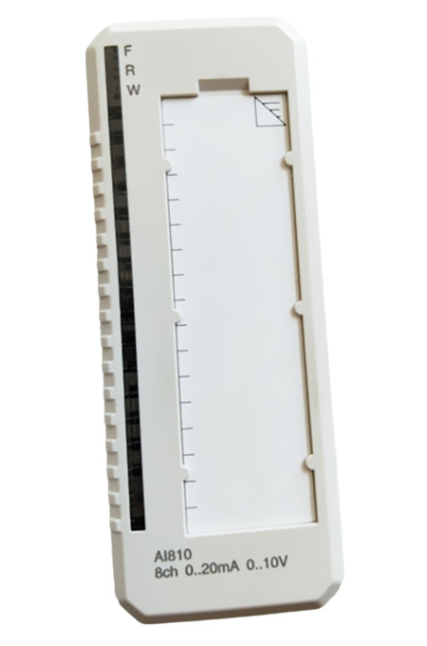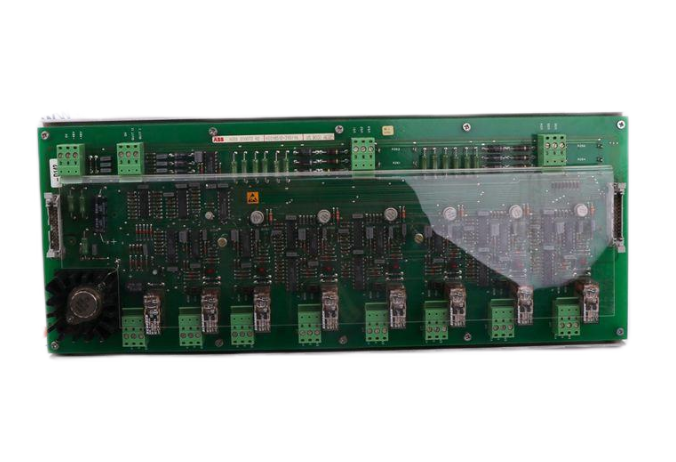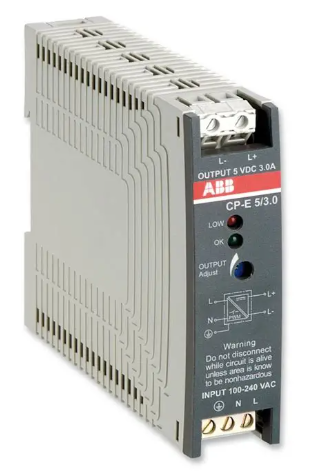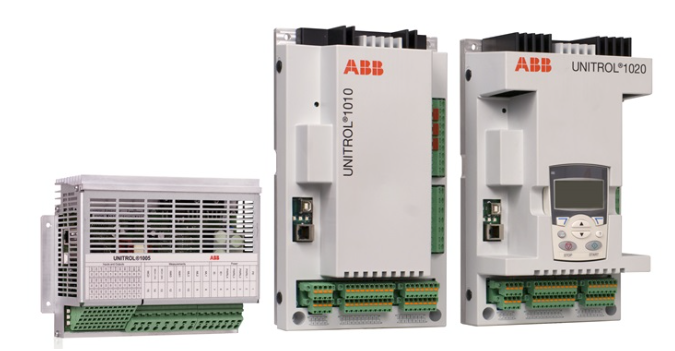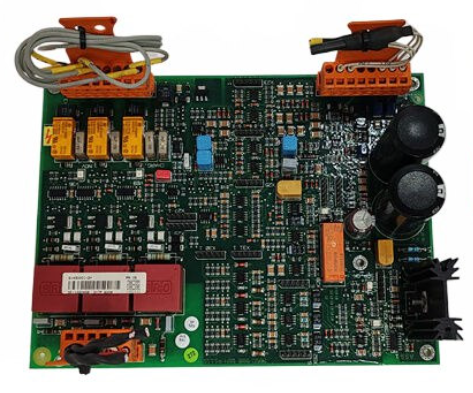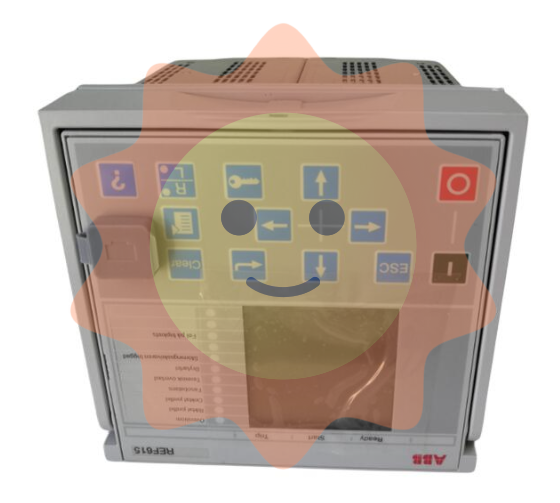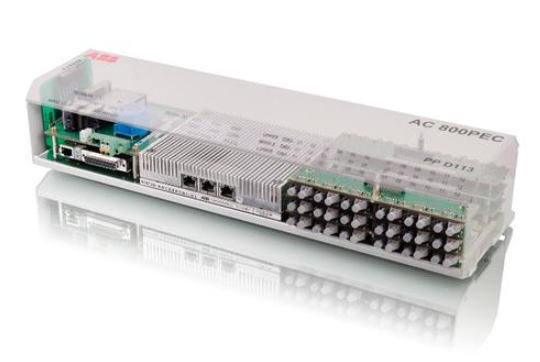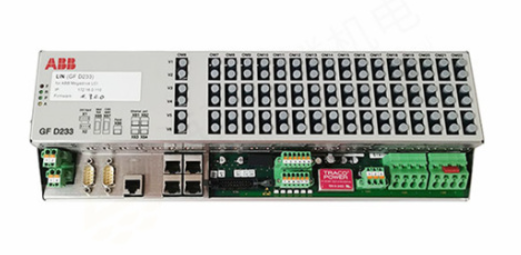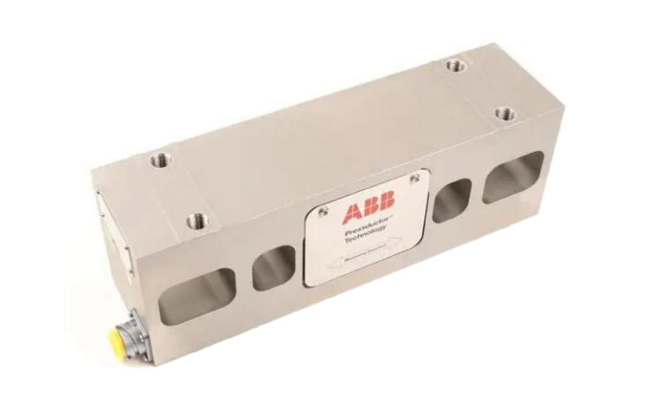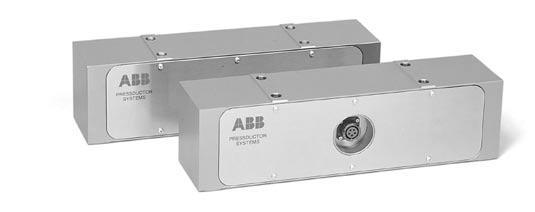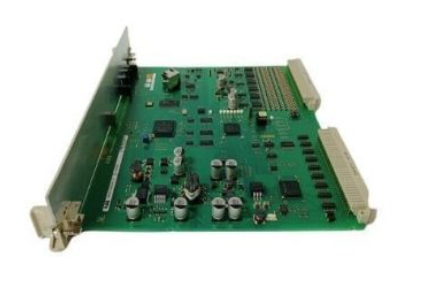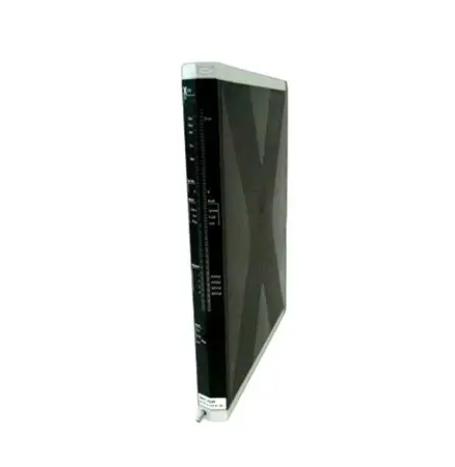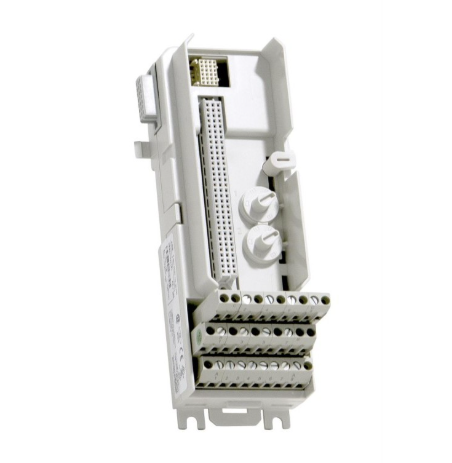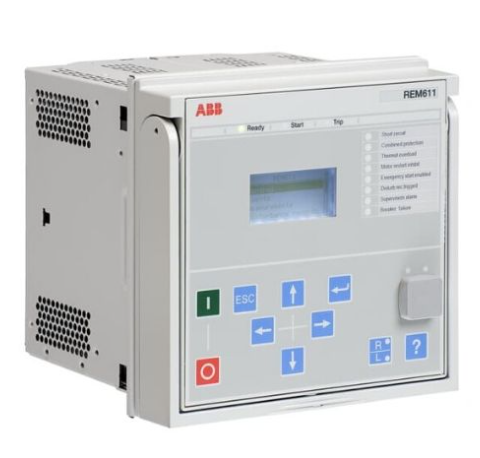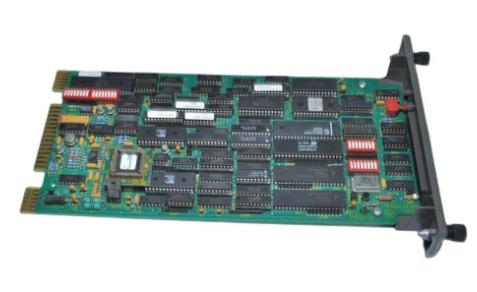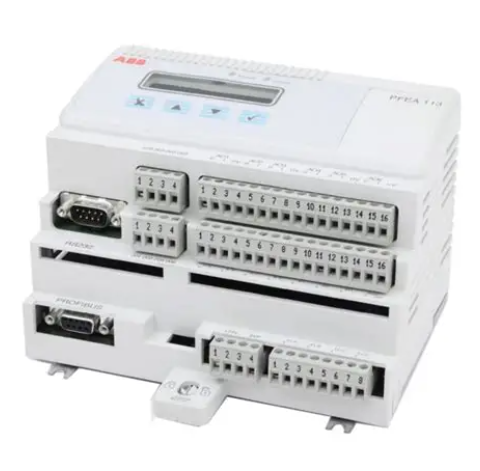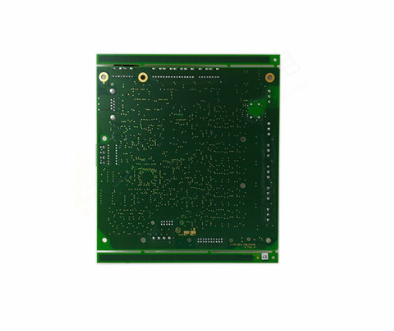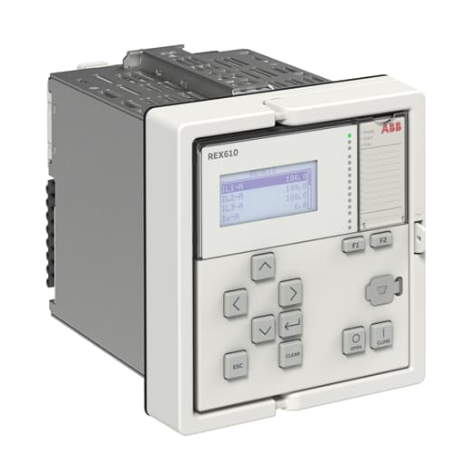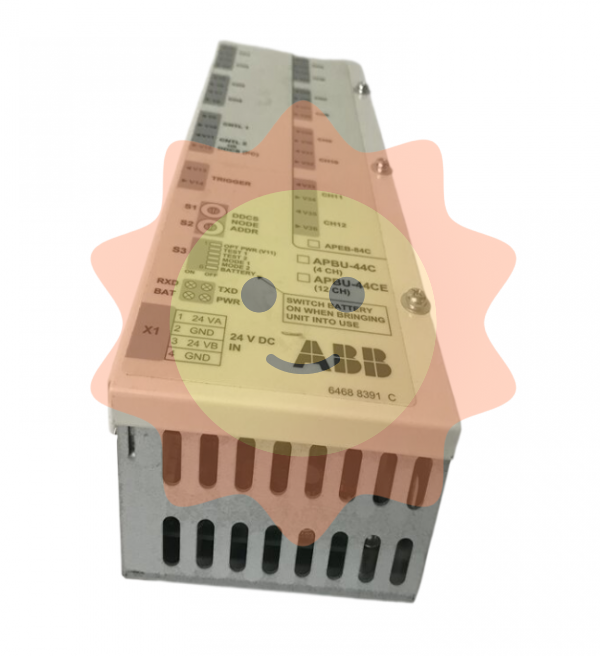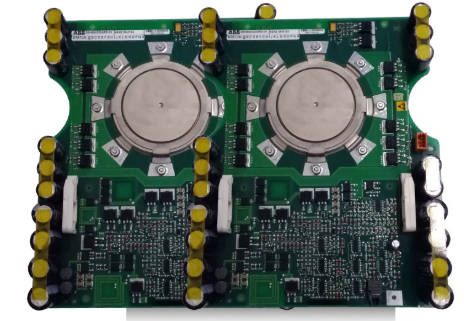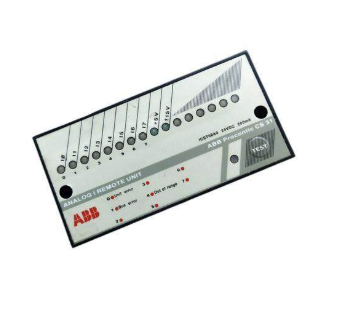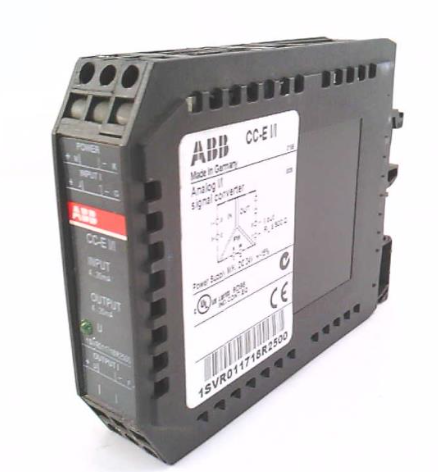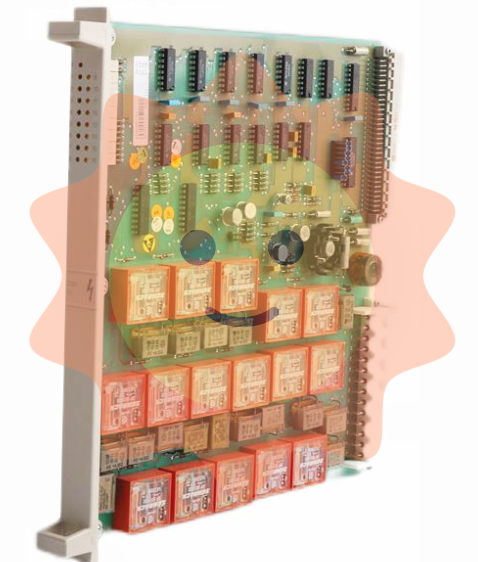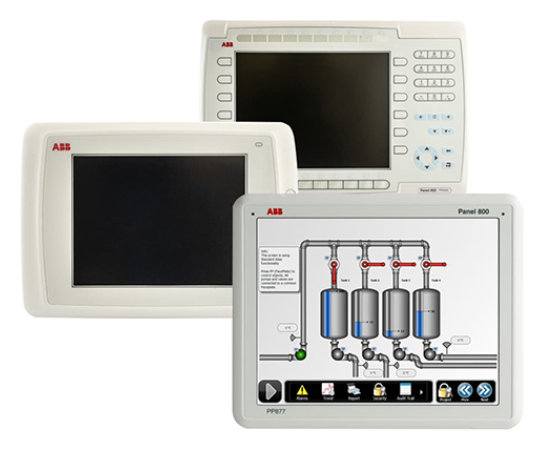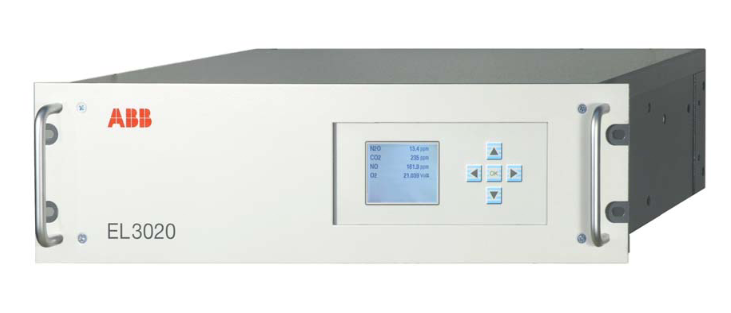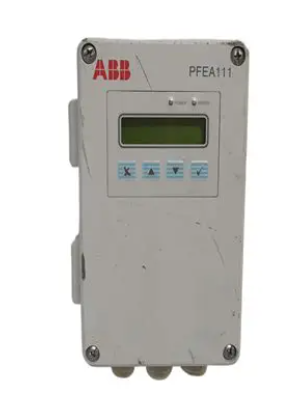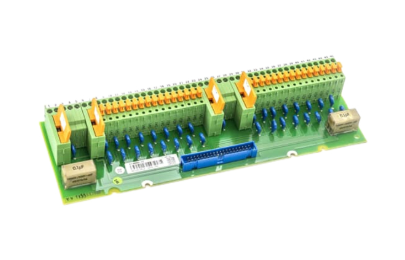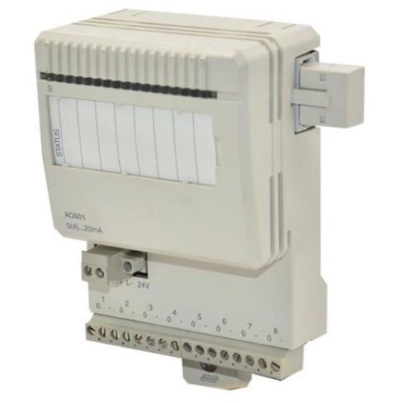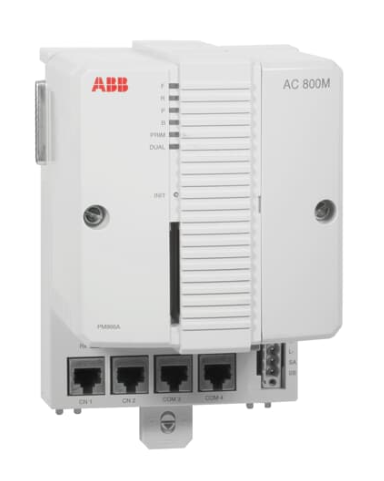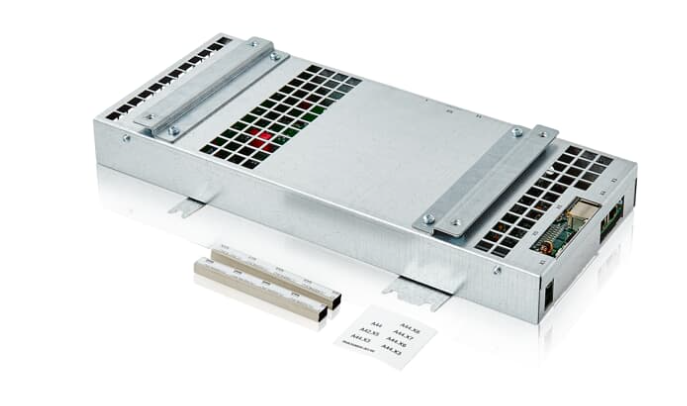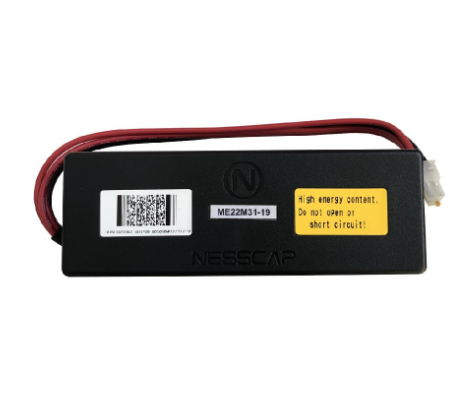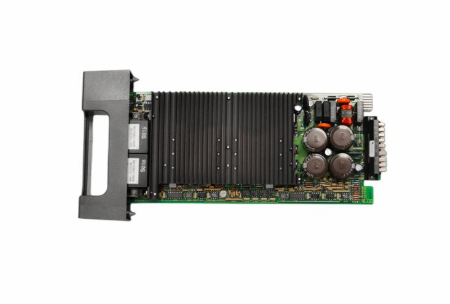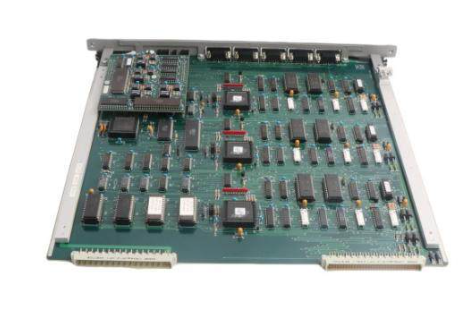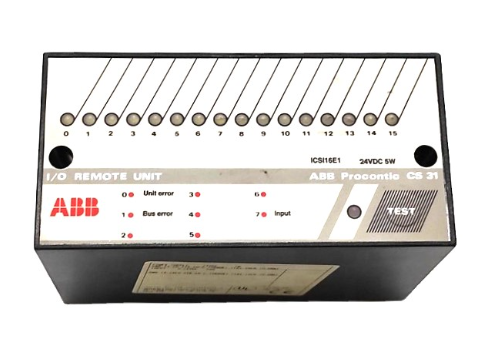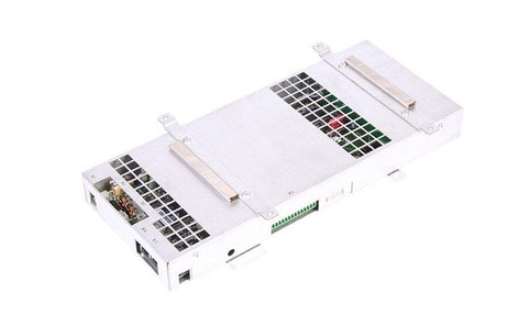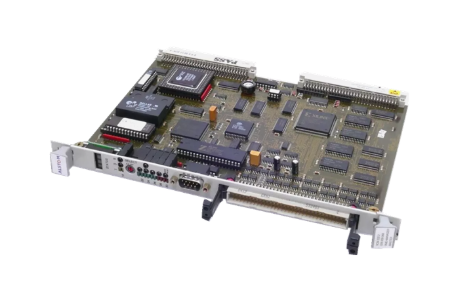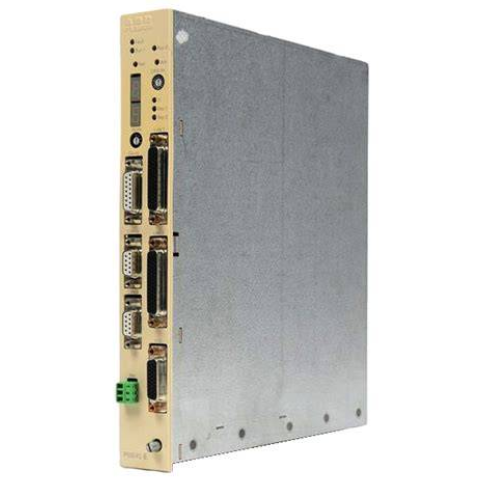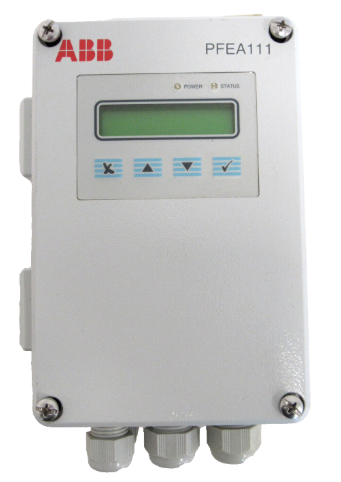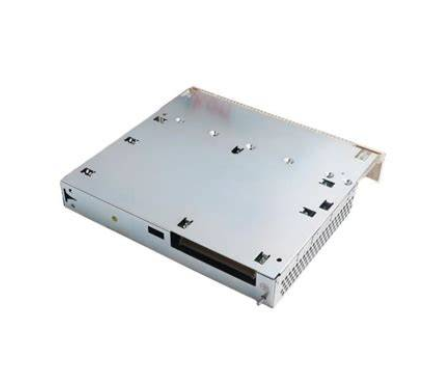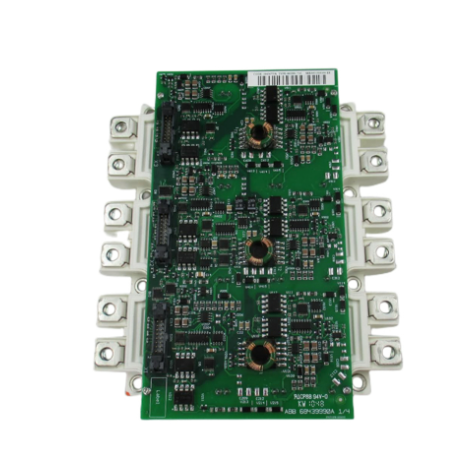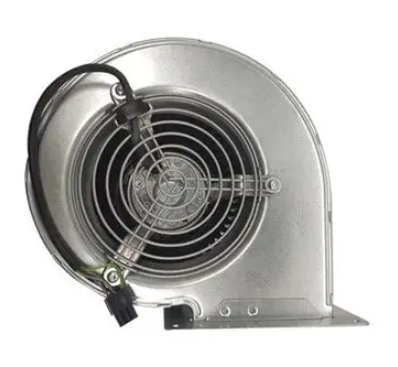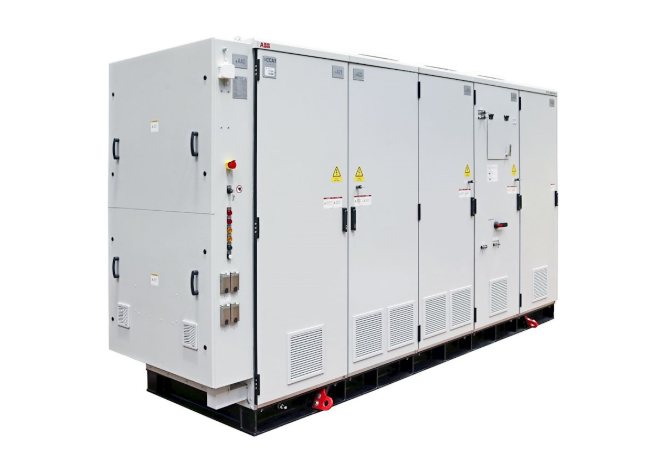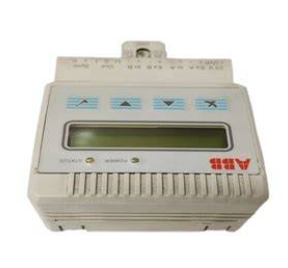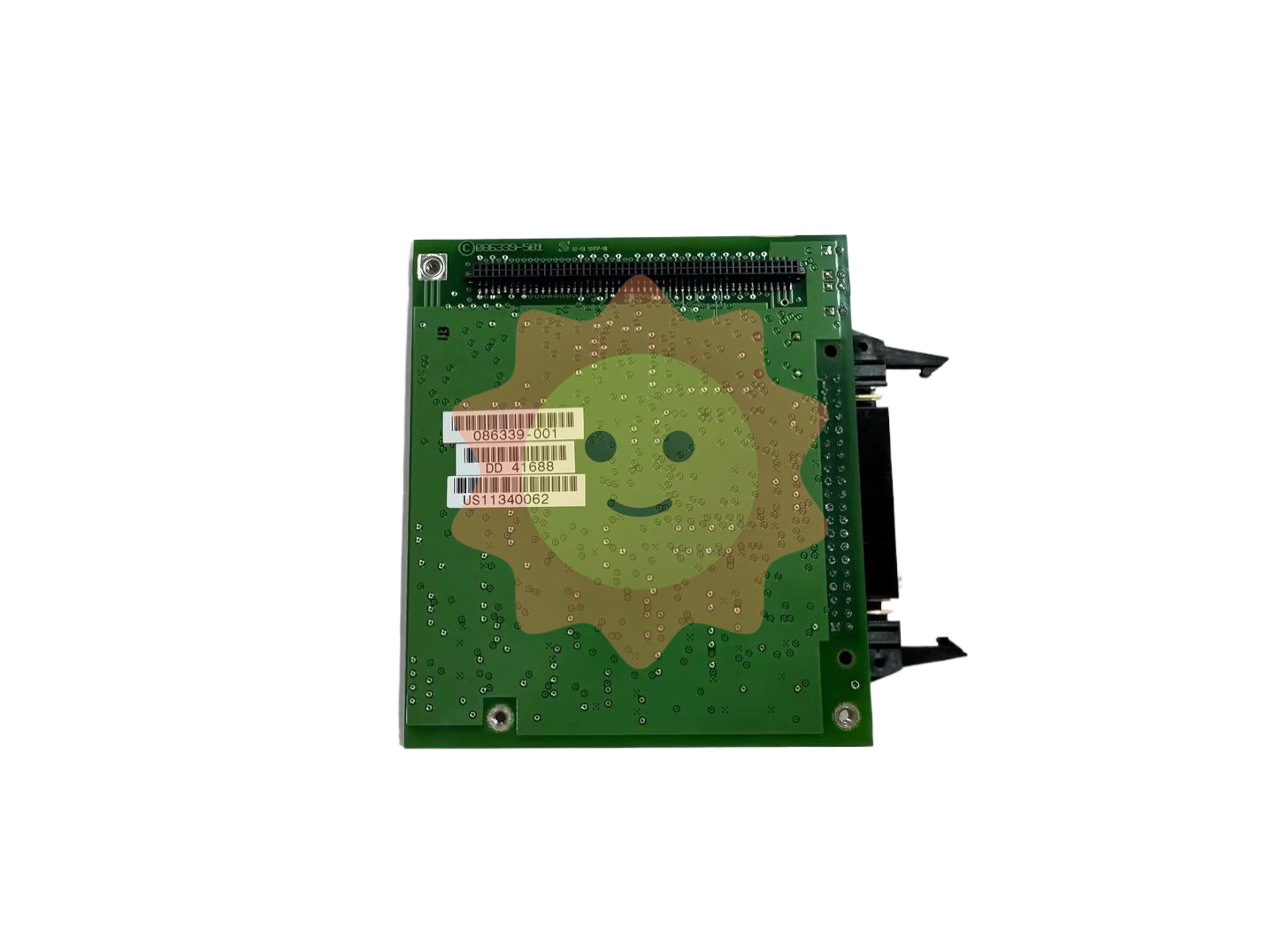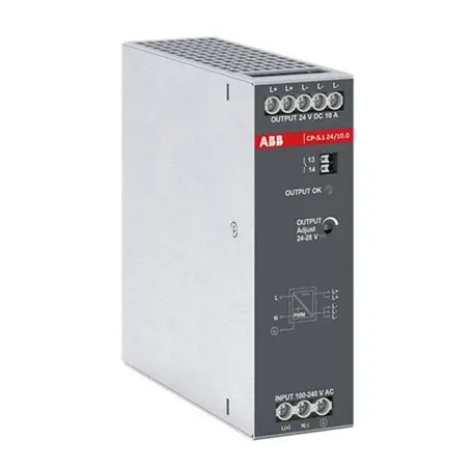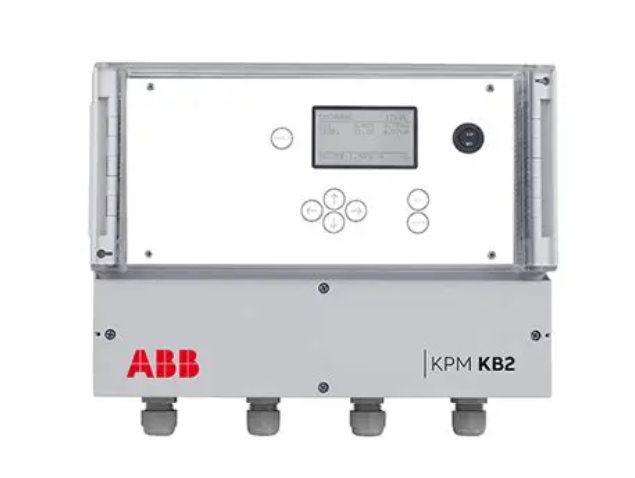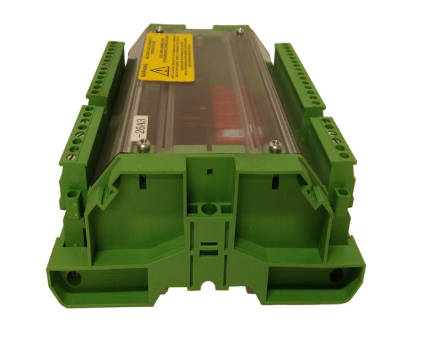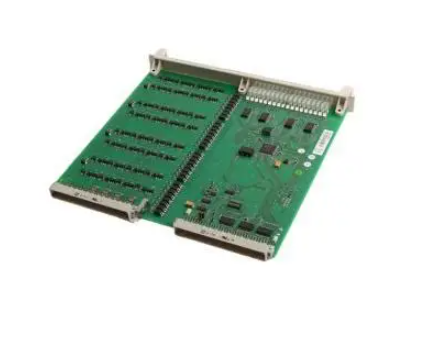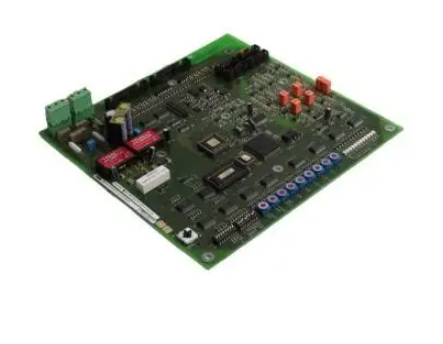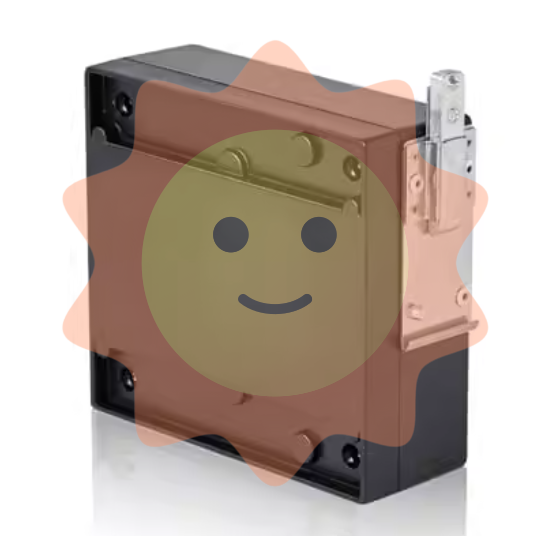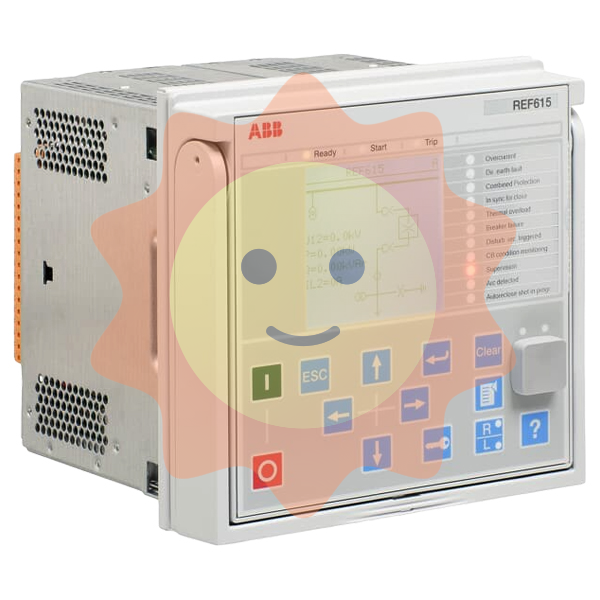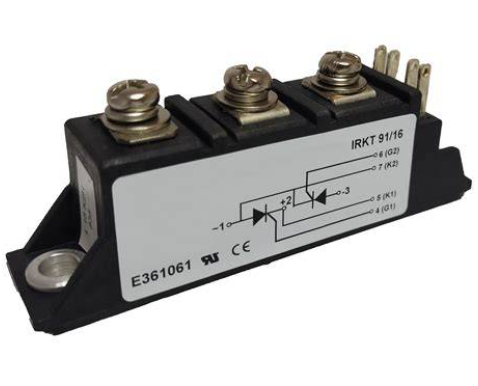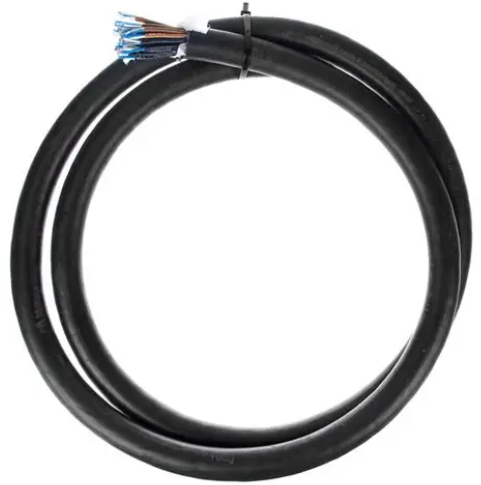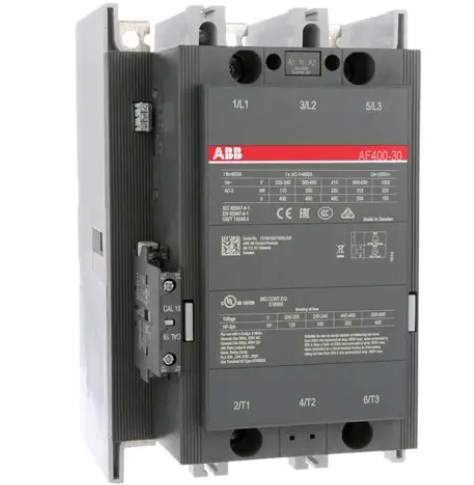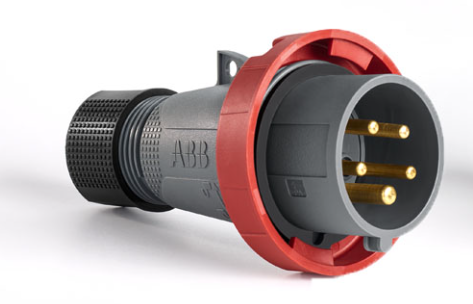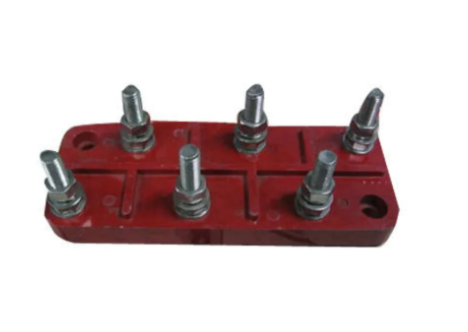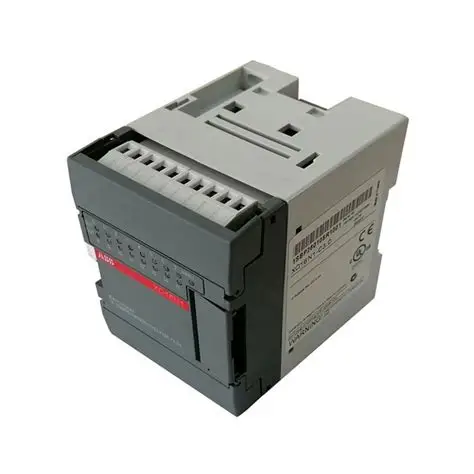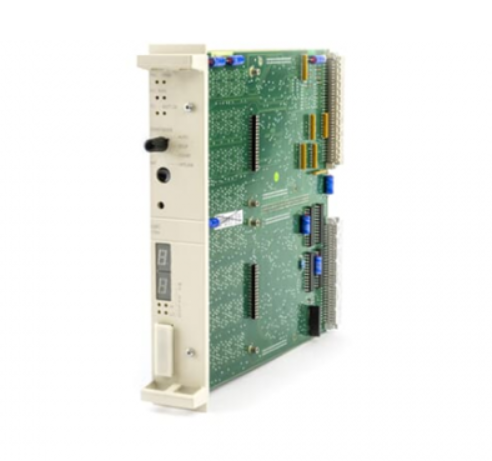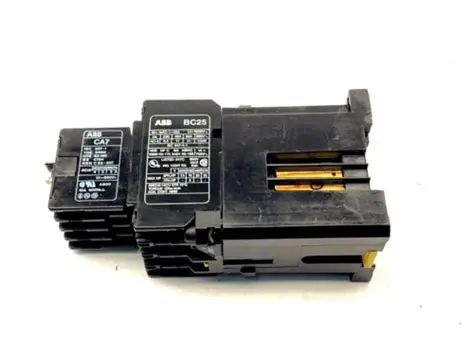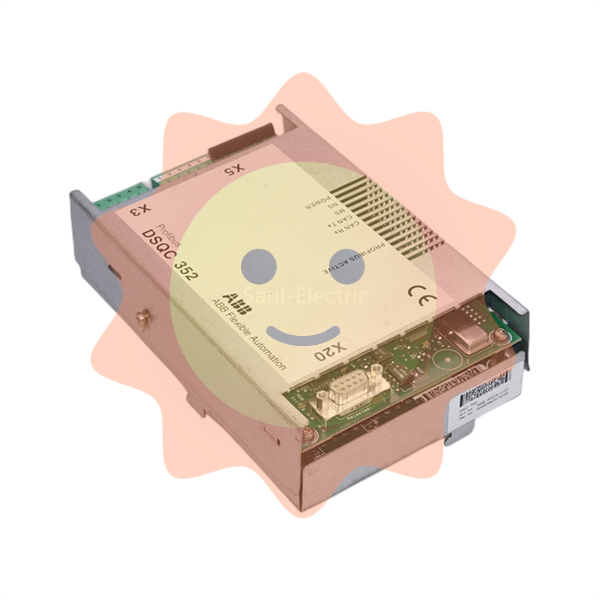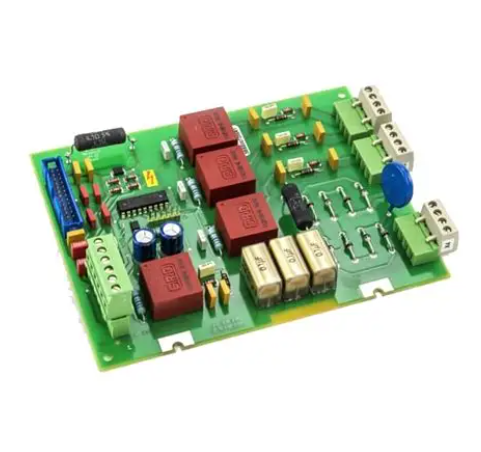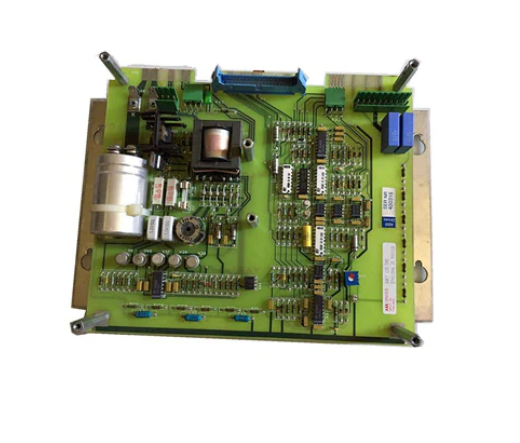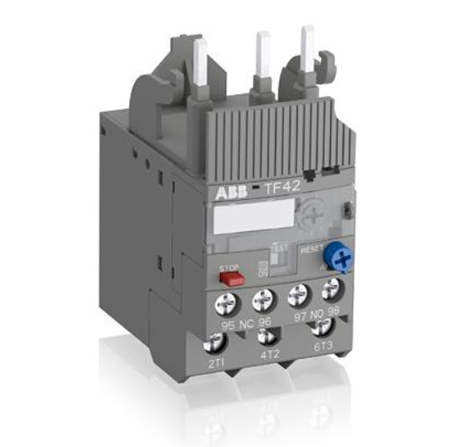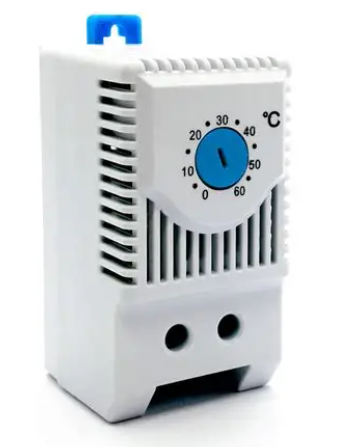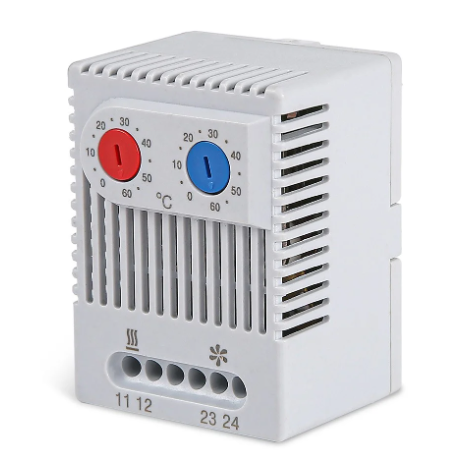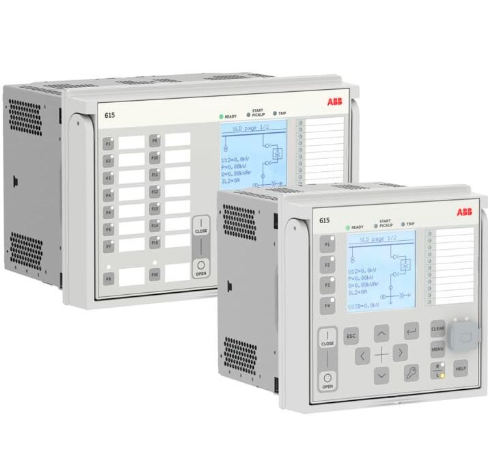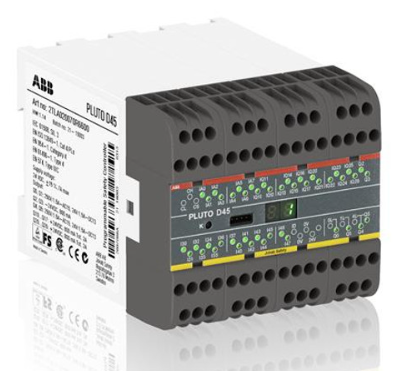Types, characteristics and applications of sewage treatment agents
5) Ozone: It is a gas that is blue at room temperature and has a special fishy smell. The molecular formula is O3. Ozone is highly oxidizing. Ozone is the protein oxidation and denaturation of bacteria, fungi and other bacteria, so that the electrolyte loses its effect, can kill bacterial propagules and spores, viruses, fungi, etc., and can destroy botulinum toxin, can remove and kill toxic substances and bacteria in air, water, food, can remove odor, widely used in food production disinfection, sterilization and other processes.
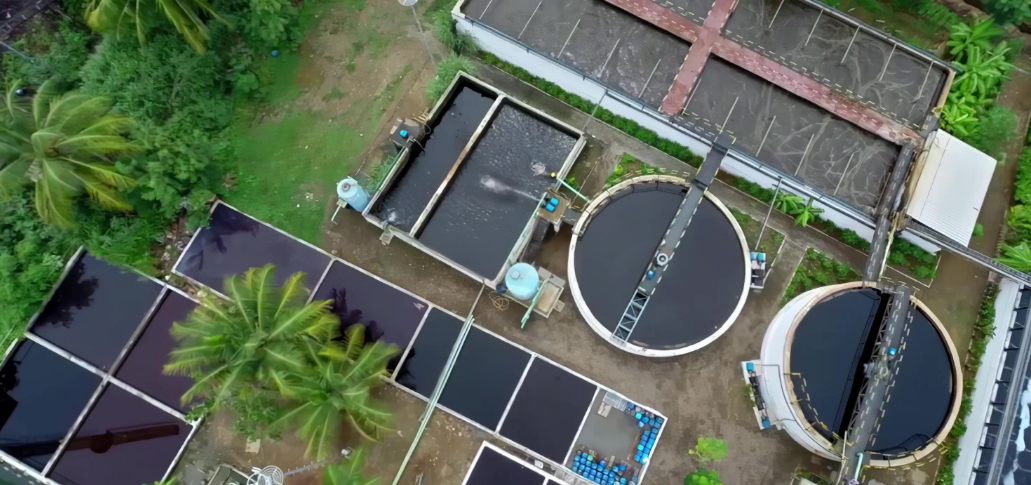
Ozone only produces non-toxic oxides during disinfection and sterilization, excess ozone is eventually reduced to oxygen, and there is no residue on the sterilized items, which can be directly used for disinfection and sterilization of food.
6) Ion exchange: The so-called ion exchange is the equal charge reaction between the ions in water and the ions on the ion exchange resin. Take the exchange reaction process of H+ type cation exchange resin HR and Na+ in water as an example: HR+Na+=Na++H+. From the above equation, it can be seen that in the ion exchange reaction, the cation in water (such as Na) is transferred to the resin, and an exchangeable H on the ion exchange resin is transferred to the water. The process of Na transfer from water to resin is the process of ion displacement. The process of exchange of H on the resin into the water is called the ionization process. Therefore, as a result of ionization and replacement processes, Na and H exchange positions, and this change is called ion exchange.
7) Ultraviolet: When lit, mercury lamp can emit ultraviolet light with a wavelength of 1400nm-4900nm (1nm=10-10m), which can penetrate the cell wall of bacteria, kill microorganisms, and achieve the purpose of disinfection and sterilization. Ultraviolet wavelengths are best at around 2600nm.
Ultraviolet disinfection is mainly used in drinking water with a small amount of treatment. Its characteristics are: strong killing ability, short contact time; The equipment is simple, the operation and management are convenient, and the treated water is colorless, tasteless and has no poisoning hazards; Does not increase the chlorine ions that occur when chlorine gas kills a virus.
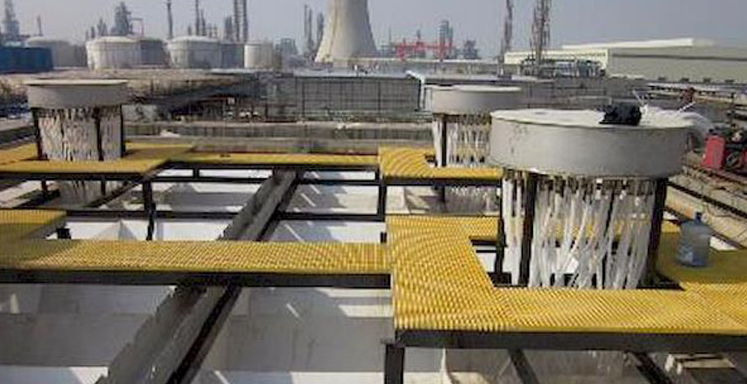
8) Adsorption water purification technology: mainly refers to activated carbon and other material adsorption technology with adsorption capacity. Here only some of the characteristics of activated carbon, do a brief introduction: activated carbon is widely used in drinking water and food industry, chemical industry, power and other industrial water purification, dehydrogenation, oil removal and deodorization. Typically, 63-86% of colloidal material can be removed; About 50% iron; And 47% to 60% organic matter.
Three, common water treatment agent
1, polyaluminum chloride
Polyaluminum chloride is a kind of inorganic polymer coagulant. It is a kind of inorganic polymer water treatment agent with high molecular weight and high charge, which is produced by the bridging action of hydroxide ion and polymerization of polyvalent anion.
Features:
1) The flocculant has fast forming, good activity and good filterability.
2) Do not need to add alkaline additives, such as deliquescence, the effect is unchanged.
3) Wide PH value, strong adaptability and wide use.
4) Treated water contains less salt.
5) Can remove heavy metals and radioactive substances to the water pollution.
6) High active ingredient, easy to store and transport.

Functions:
1) Strong electric neutralization of colloidal substances in water.
2) Excellent bridging adsorption of hydrolysate to suspended matter in water.
3) Selective adsorption of dissolved substances.
Purpose:
1) Urban water supply and drainage purification: river water, reservoir water, groundwater.
2) Industrial water purification.
3) Urban sewage treatment.
4) Recovery of useful substances in industrial wastewater and waste residue, promoting the settlement of pulverized coal in coal washing wastewater, and recovery of starch in starch manufacturing industry.
5) Treatment of various industrial wastewater: printing and dyeing wastewater, leather wastewater, fluorinated wastewater, heavy metal wastewater, oily wastewater, papermaking wastewater, coal washing wastewater, mine wastewater, brewing wastewater, metallurgical wastewater, meat processing wastewater, sewage treatment.
6) Paper sizing
7) Liquid sugar refining
8) Casting molding
9) Anti-wrinkle fabric
10) Catalyst carrier
11) Pharmaceutical refining
12) Quick setting of cement
13) Cosmetic raw materials
2, polyferric sulfate
Polyferric sulfate is a light yellow amorphous powdery solid, easily soluble in water, 10% (by weight) of aqueous solution is a red brown transparent solution, hygroscopic. Polyferric sulfate is widely used in the purification of drinking water, industrial water, various industrial wastewater, municipal sewage, sludge dehydration and so on.
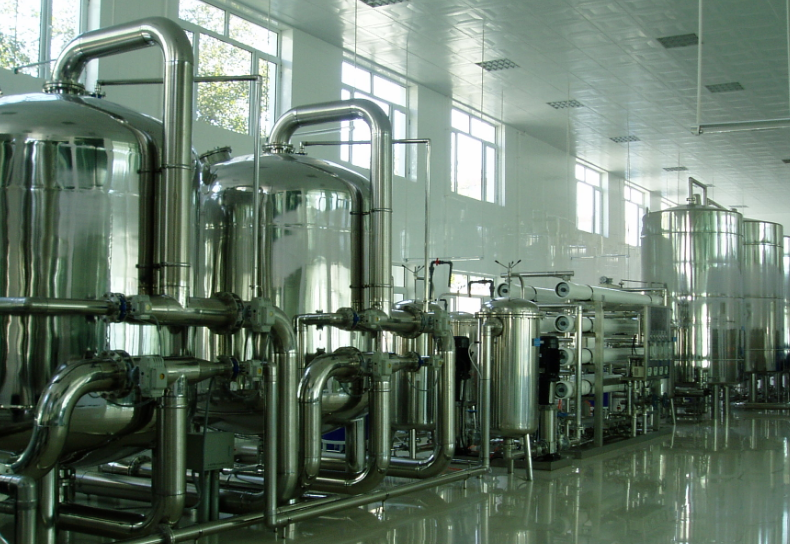
Compared with other inorganic flocculants, polyferric sulfate has the following characteristics:
1) New, high quality, high efficiency ferric salt inorganic polymer flocculant;
2) Excellent coagulability, dense alum, fast settling speed;
3) Excellent water purification effect, good water quality, no harmful substances such as aluminum, chlorine and heavy metal ions, no water phase transfer of iron ions, non-toxic, harmless, safe and reliable;
- EMERSON
- Honeywell
- CTI
- Rolls-Royce
- General Electric
- Woodward
- Yaskawa
- xYCOM
- Motorola
- Siemens
- Rockwell
- ABB
- B&R
- HIMA
- Construction site
- electricity
- Automobile market
- PLC
- DCS
- Motor drivers
- VSD
- Implications
- cement
- CO2
- CEM
- methane
- Artificial intelligence
- Titanic
- Solar energy
- Hydrogen fuel cell
- Hydrogen and fuel cells
- Hydrogen and oxygen fuel cells
- tyre
- Chemical fiber
- dynamo
- corpuscle
- Pulp and paper
- printing
- fossil
- FANUC
- Food and beverage
- Life science
- Sewage treatment
- Personal care
- electricity
- boats
- infrastructure
- Automobile industry
- metallurgy
- Nuclear power generation
- Geothermal power generation
- Water and wastewater
- Infrastructure construction
- Mine hazard
- steel
- papermaking
- Natural gas industry
- Infrastructure construction
- Power and energy
- Rubber and plastic
- Renewable energy
- pharmacy
- mining
- Plastic industry
- Schneider
- Kongsberg
- NI
- Wind energy
- International petroleum
- International new energy network
- gas
- WATLOW
- ProSoft
- SEW
- wind
- ADVANCED
- Reliance
- YOKOGAWA
- TRICONEX
- FOXBORO
- METSO
- MAN
- Advantest
- ADVANCED
- ALSTOM
- Control Wave
- AB
- AMAT
- STUDER
- KONGSBERG
- MOTOROLA
- DANAHER MOTION
- Bently
- Galil
- EATON
- MOLEX
- Triconex
- DEIF
- B&W
- ZYGO
- Aerotech
- DANFOSS
- KOLLMORGEN
- Beijer
- Endress+Hauser
- MOOG
- KB
- Moxa
- Rexroth
- YAMAHA
- Johnson
- Westinghouse
- WAGO


Email:wang@kongjiangauto.com

